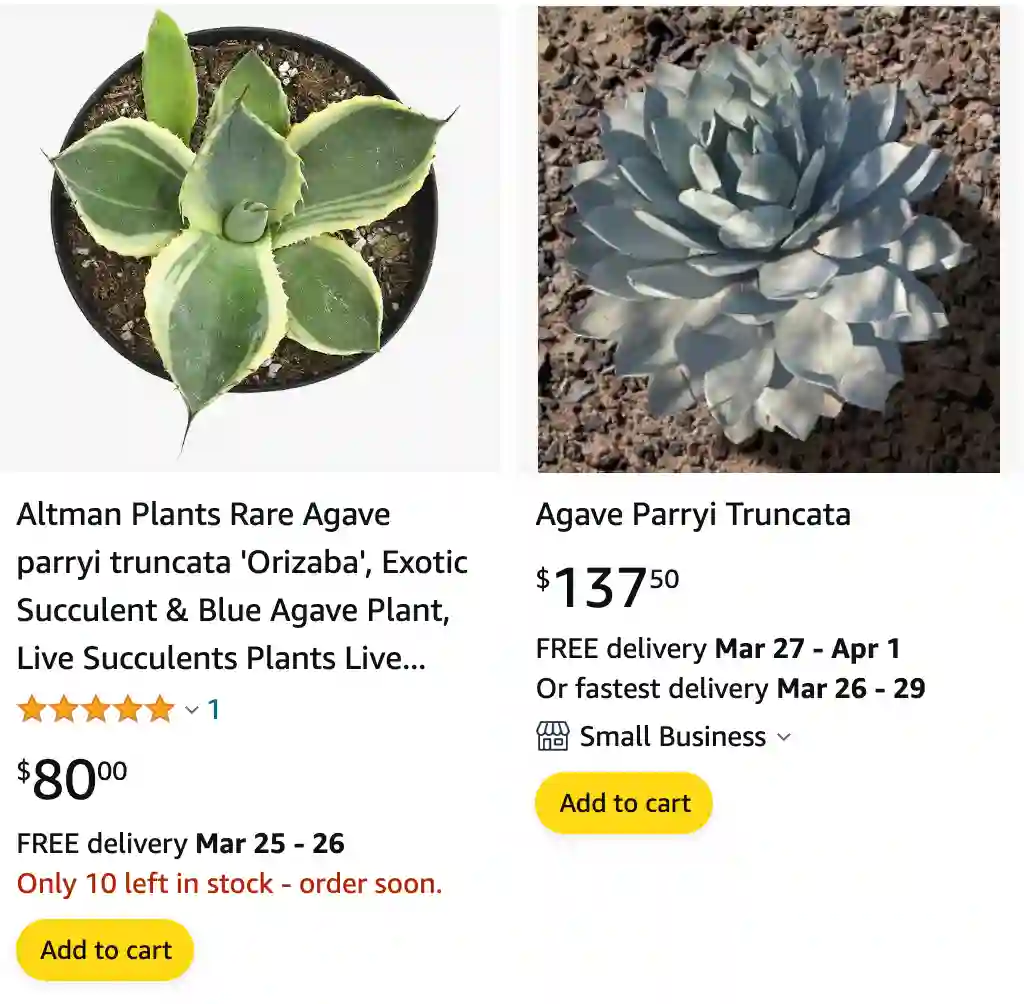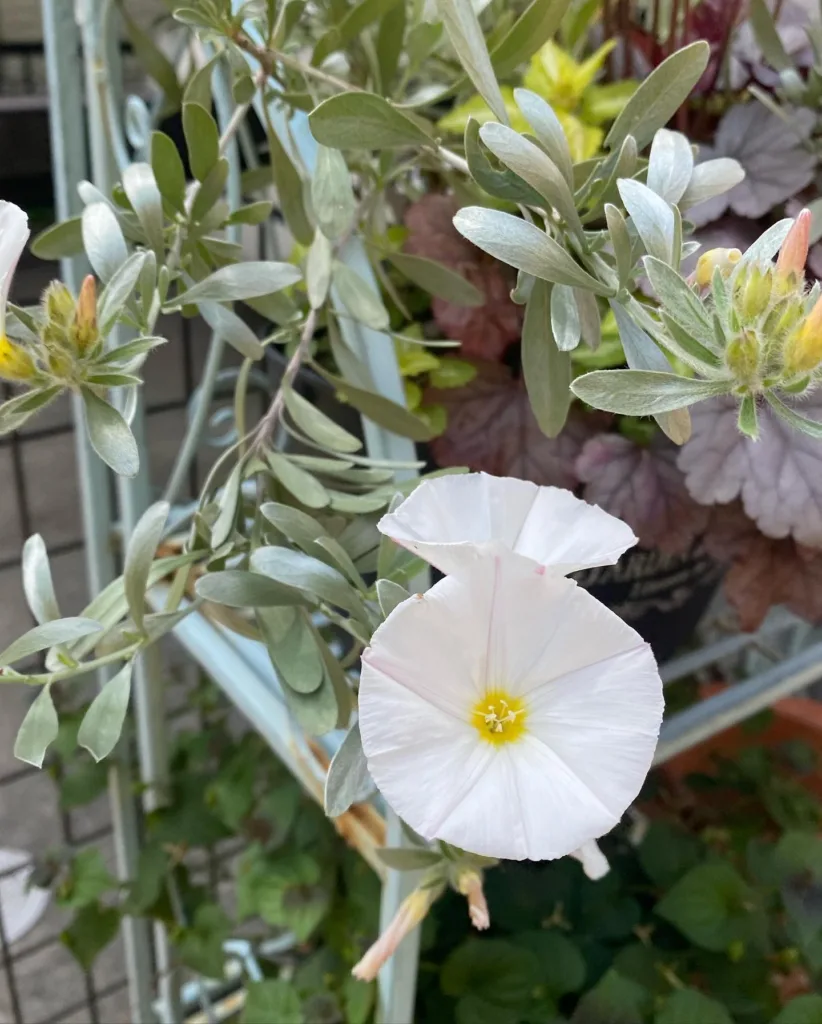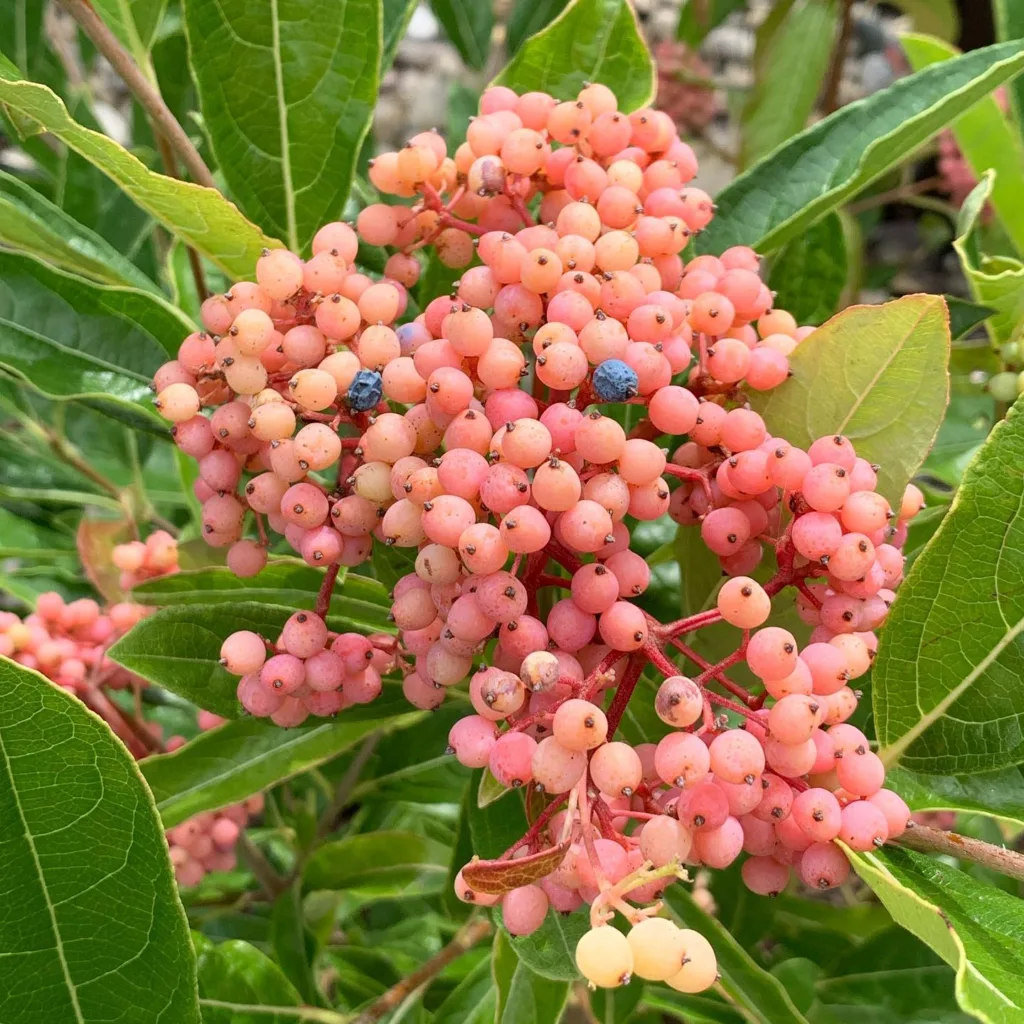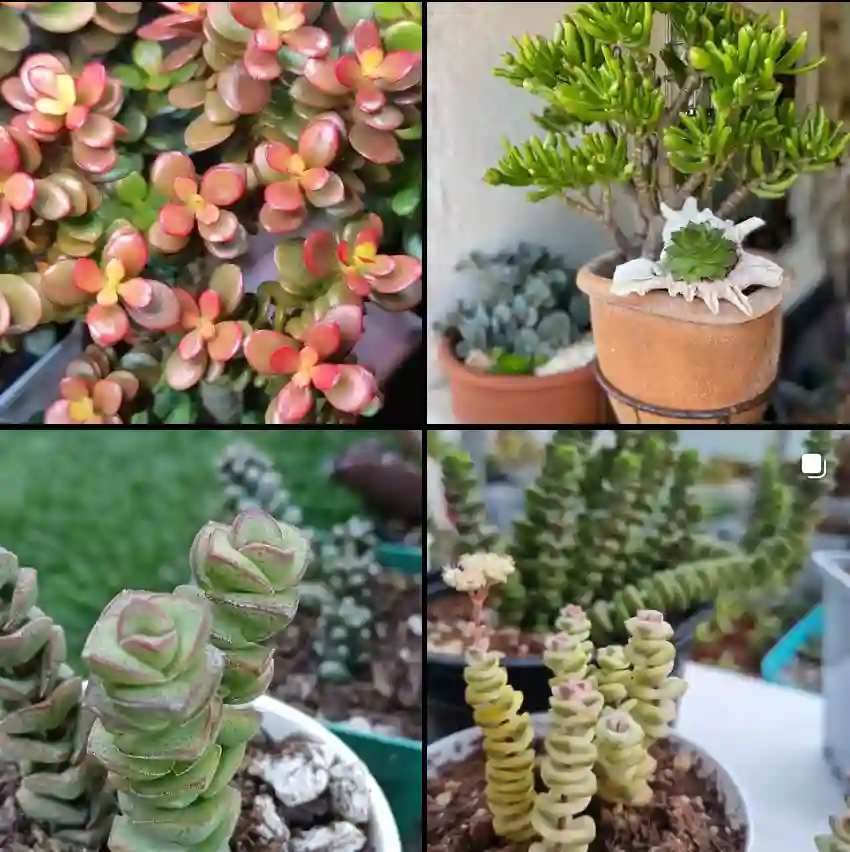
How to grow Artichoke Agave?
Artichoke Agave (Agave parryi var. truncata), also known as Parry’s Agave or Artichoke Century Plant, is a striking succulent prized for its rosette of thick, spiky leaves. Here’s a guide on how to grow and care for Artichoke Agave:
304 Species in Genus Agave
1. Climate and Location:
- Hardiness: Artichoke Agave is hardy in USDA zones 8a to 11b. It thrives in warm, arid climates but can tolerate some frost and cold temperatures.
- Sunlight: Plant in a location that receives full sun to partial shade. In hotter climates, provide some afternoon shade to prevent leaf scorch.
2. Soil:
- Well-Draining Soil: Plant Artichoke Agave in well-draining soil, such as sandy or gravelly soil. Avoid heavy clay soils that retain water, as they can cause root rot.
- pH: The soil pH should be slightly acidic to slightly alkaline (pH 6.0 to 7.5).
3. Planting:
- Container vs. Ground: Artichoke Agave can be grown in containers or directly in the ground, depending on your preference and climate.
- Spacing: If planting multiple agaves, space them at least 3 to 5 feet apart to allow for their mature size.
- Planting Depth: Dig a hole slightly larger than the root ball and plant the agave at the same depth it was growing in its nursery container.
4. Watering:
- Drought-Tolerant: Artichoke Agave is drought-tolerant once established. Water deeply but infrequently, allowing the soil to dry out between waterings.
- Avoid Overwatering: Overwatering can lead to root rot and other problems. Err on the side of underwatering rather than overwatering, especially in humid climates.
5. Fertilizing:
- Low-Maintenance: Artichoke Agave is relatively low-maintenance and does not require frequent fertilization.
- Occasional Feeding: You can feed your agave with a balanced, slow-release fertilizer in spring to promote healthy growth. Follow the manufacturer’s instructions for application rates.
6. Pruning and Maintenance:
- Minimal Pruning: Artichoke Agave typically does not require pruning except to remove dead or damaged leaves. Use caution when handling the leaves, as they have sharp spines.
- Remove Dead Flower Stalks: After the agave blooms (which can take many years), remove the spent flower stalk to encourage the plant to focus its energy on producing offsets (pups).
7. Winter Care:
- Cold Tolerance: While Artichoke Agave can tolerate some frost, protect it from prolonged freezing temperatures and wet conditions. In colder climates, consider growing it in containers so you can bring it indoors during the winter.
8. Pests and Diseases:
- Resistant: Artichoke Agave is relatively resistant to pests and diseases, especially when grown in well-draining soil.
- Monitor for Signs: Keep an eye out for common succulent pests such as aphids, scale insects, and mealybugs. Treat any infestations promptly with insecticidal soap or neem oil.
9. Propagation:
- Offsets: Artichoke Agave produces offsets (pups) around the base of the plant. These can be carefully removed and replanted to propagate new plants. Allow the offsets to develop roots before planting them in their own pots or in the ground.
How big do Artichoke Agave get?
Artichoke Agave plants can grow to impressive sizes, reaching heights of up to 4-6 feet and spreading out just as wide. I remember when I planted mine in the backyard, it started small but gradually expanded, becoming a striking focal point of the landscape. Its size can vary depending on factors like soil, sunlight, and watering habits, but with the right conditions, they can grow quite large and robust.
Do deer eat Artichoke Agave plants?
Unfortunately, I learned the hard way that deer have a taste for Artichoke Agave plants. I was dismayed to find my beautiful Agave partially eaten by deer one morning. It was disheartening to see the damage they caused, especially after putting so much effort into nurturing the plant. From then on, I had to take extra precautions to protect my Artichoke Agave from these hungry visitors, using deterrents and barriers to keep them at bay.
How fast does Artichoke Agave grow?
Artichoke Agave plants are relatively slow growers, which was something I had to come to terms with when I first planted mine. It took a few years before I noticed any significant growth, but once it established itself, it steadily increased in size. Patience is definitely key when it comes to cultivating these plants, but the wait is worth it once you see them flourish in your garden.
How long before Artichoke Agave reaches full maturity?
In my experience, it typically takes around 5 to 10 years for an Artichoke Agave plant to reach full maturity. During this time, they undergo significant growth and development, eventually forming the impressive rosettes and spiky leaves characteristic of mature plants. It’s incredible to witness the transformation from a small, delicate-looking plant to a robust, majestic specimen that commands attention in the garden.
How to care for an Artichoke Agave plant indoors?
Caring for an Artichoke Agave plant indoors requires some special attention to mimic its natural habitat as closely as possible. I found that providing ample sunlight, well-draining soil, and occasional deep watering helped keep my indoor Agave healthy and thriving. I also made sure to monitor the humidity levels, as indoor environments can sometimes be too dry for these desert plants. Regularly inspecting for pests and diseases and repotting as needed are also essential aspects of indoor Artichoke Agave care.
If i die, water my plants!



